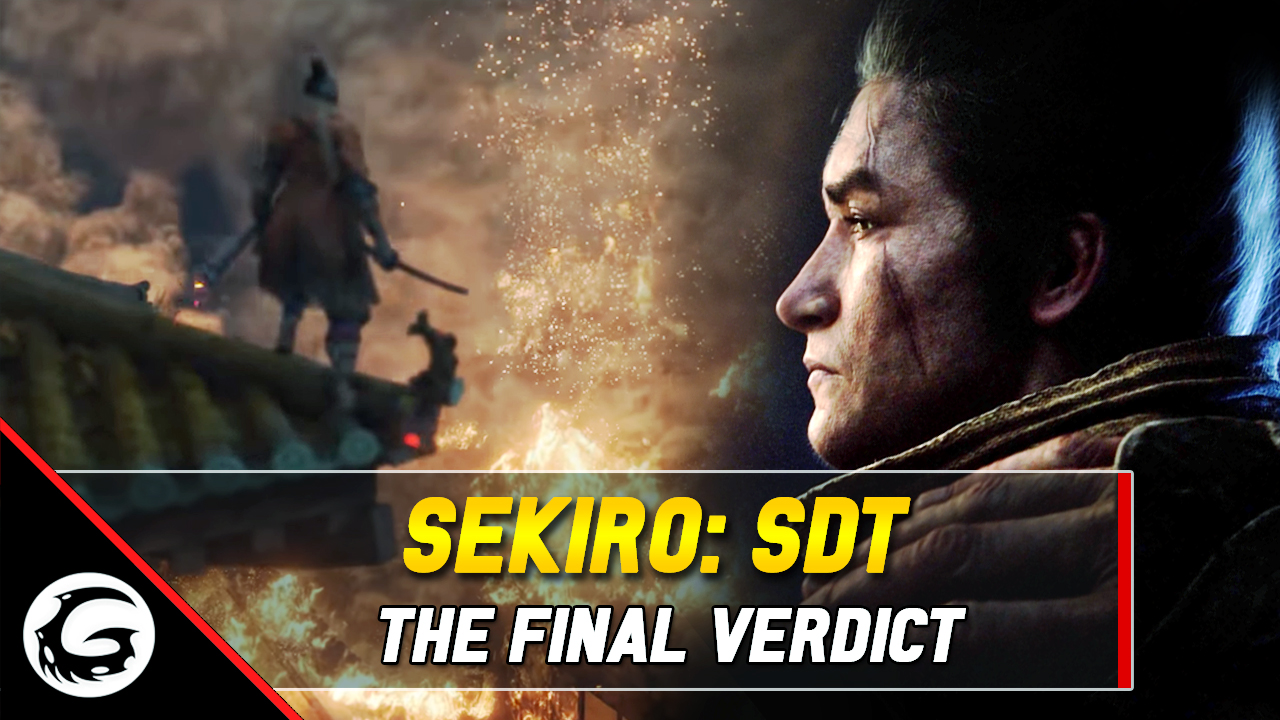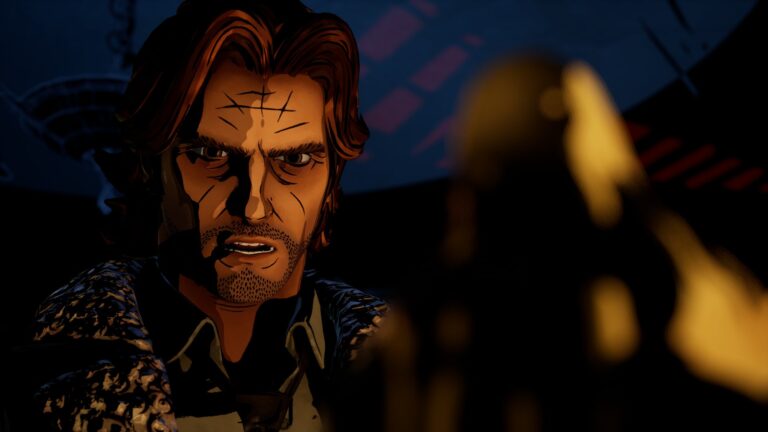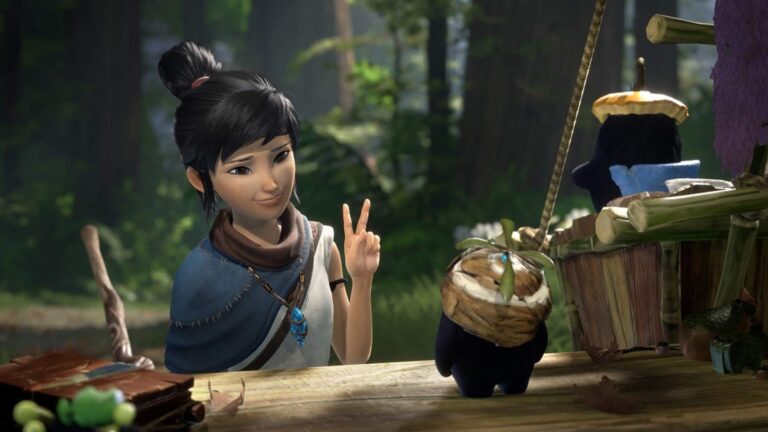Sekiro: Shadows Die Twice – Is this the Ninja Souls You’ve Been Waiting for? Final Verdict
Platform: PlayStation 4, Xbox One, PC
Release date: March 22, 2019
Publisher: Activision Blizzard
Developer: From Software
ESRB: Mature
Disclaimer – The review copy was provided by the publisher, Activision Blizzard.
Sekiro: Shadows Die Twice is an all-new venture along the long road of FromSoftware’s library of masterpieces. Miyazaki himself has stepped back into the fray and delivered another title, but this time it’s a significant change from its predecessors.
Set far off to the east in feudal Japan, Sekiro takes players to a completely new world, as Bloodborne did. This time, FromSoft have taken a completely new approach to both storytelling and progression, and the changes are as revolutionary as they are welcome.
Today, I’ll be giving you my review of Sekiro: Shadows Die Twice, and discussing why I believe it’s a real contender for game of the year.
A few disclaimers first; this video is made to contain no spoilers. Don’t worry about seeing or hearing anything you don’t want to. All the footage is from the first 10 hours in the game, most of which you’ll probably have seen hints of already in trailers and other gameplay. The gameplay is also not mine; it’s Leo’s from the Gaming Instincts team (actually my boss) – so you can blame all the gameplay on him.
Finally, this review was made possible by a very kindly provided review copy, but as always these are still my real impressions and thoughts on the game.
So without further ado, let’s dive in.
Difficulty – Punishing but Rewarding
First thing is first, it’s the topic on the tip of everyone’s tongue when they talk about FromSoftware games: difficulty. Make no mistake, FromSoft games are unforgivingly tough and Sekiro is no different. Shadows Die twice, but you are certainly no shadow. You’ll die a lot. A LOT. And that’s ok, because as long as each time is a learning experience, you’ll be well on your way.
It’s the learning that really makes a difference. Arguably more than even previous titles, Sekiro rewards experimentation and mastery. You are in complete control of most elements in combat, and can interact with nearly everything. I’ll go into more detail in the combat section of this review, but largely it’s worth knowing that learning is the key component. Returning Soulsborne veterans will likely have to learn (or even re-learn) as much about Sekiro as new players will – effectively resetting the whole player-base.
Sekiro is unmistakably, punishingly difficult (anyone telling you otherwise is showboating), but it’s also extremely fair. If you’re a new player wondering if Sekiro will be possible: it will be. If you’re a returning player from Dark Souls or Bloodborne wondering if you can expect to find the same level of challenge; you will, and some. Sekiro asks that you change the way you interact with a lot of enemies that will be alien to both kinds of players at first. But, by the end of the (around 50-hour) story, you will be an enlightened human being. Not really, but you will have improved and learned a lot.
There is no traditional tutorial, but the game introduces you to new elements slowly at first. New bosses will require you to interact with certain tools, often prosthetic ones, or utilise a new skill in order to beat them.
It’s also worth bringing attention to the undying soldier in the Temple area. He will allow you to practice a variety of combat basics, and one of which is the mikiri counter. He’s a great opportunity to test out any news skills, too. A welcome addition, in my opinion – and with a touch of that signature Soulsborne characterisation.
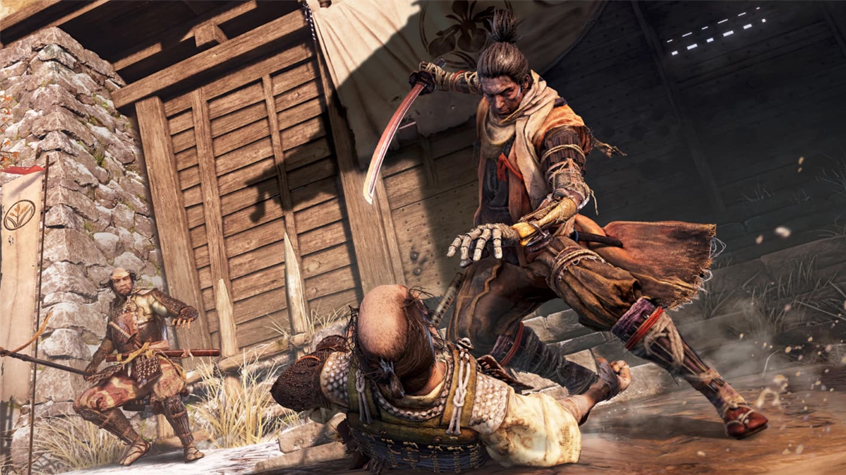
Progression Blossoms like a Cherry Tree
Moving on. Your progression in Sekiro is linear at first. You’ll be learning a few essential skills before the trees begin to widen. There’s access to a few more trees as you move throughout the game, and you’ll probably end up learning most of the skills throughout the experience.
Initially I was worried at the lack of character creation and specialisation options in Sekiro, but those worries where quickly swept aside. There’s a huge number of skills, prosthetic tools, upgrades, items, consumables, and other things that you can find and unlock that really shouldn’t be ruined for you. There are even a few tools that make me really excited for NewGame+, where you can repeat the experience.
As you fight enemies, you’ll earn experience points. Instead of increasing your character’s level, these will instead grant you ‘skill points’ which can then be spent on skills and upgrades.
You might be forced into a Dex build (hehe), but that actually doesn’t bother me nearly as much as I thought it would. There’s an absolute ton to work through here, and it all fits the theme and aesthetic so well. Sekiro isn’t trying to be another Soulsborne, especially not in regards to its progression. Instead, it’s covering new ground with an incredibly well-implemented system of upgrades and collectables that will see you rise in power as you grow in skill and knowledge.
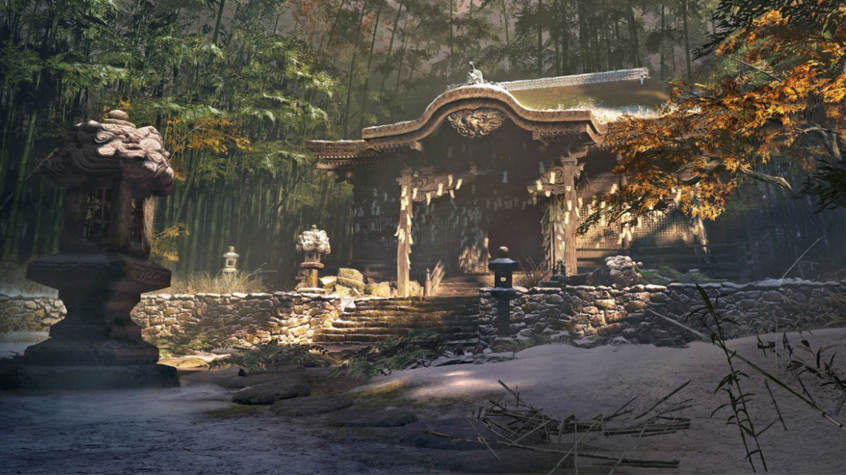
The World Branches off Too
The world, too, branches out especially broadly. When you reach around the midpoint, Sekiro opens up and blossoms into an effectively open-world. Levels are independent, with specific themes, but all interconnected in surprising ways. There are forests, temples, caves, rooftops, sweeping open plains, war-torn battlegrounds and claustrophobic tight spaces. Each space presents a new environment, new traversal, and a new challenge.
There’s no detailed map besides the one that lets you travel, nor any arrows that guide your way. Instead, you’ll have to follow visual clues and even eavesdrop on enemies to learn about where you should be going in the world. Upon arriving at a new area, you’ll often realise that there are many paths both to and from it, and that you could have gotten there in a number of ways.
FromSoft’s signature design comes into play here with secrets hidden everywhere, just waiting to be found. Taking your time in any of the game’s spaces has the potential to offer you great rewards, or even provide access to entirely new areas of the game.
Verticality and movement are also very impressive. Sekiro can jump now; a welcome change from previous titles that provides an enormous amount of traversal-power to the game. Grappling is a key component to movement too, and clever use of it can provide equal opportunities in exploration as it can in combat.
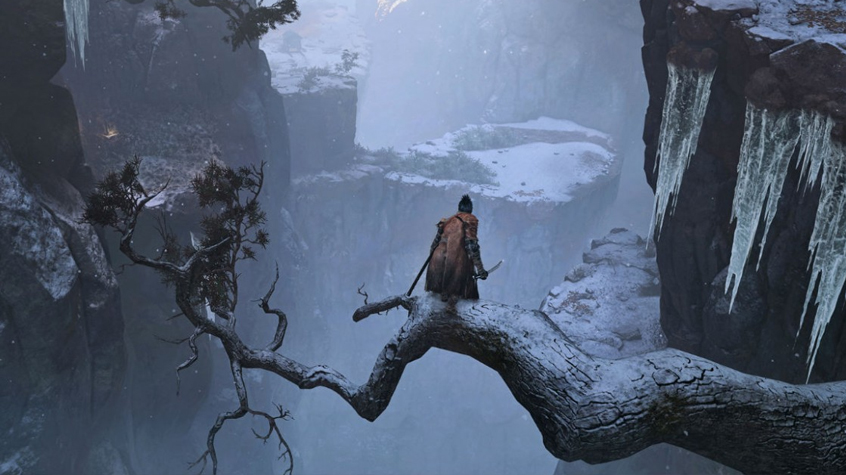
Combat is Brutal, but Fair
Combat itself is completely its own beast. You won’t be able to roll-dodge everything in Sekiro. While i-frames do exist in both jumps and dashes, enemy tracking is massively improved and they will clip you even after well-timed dodges.
Instead, you’ll need to embrace Sekiro’s new combat. In Dark Souls, combat is about tension and timing. In Bloodborne it was about viscerality and speed. In Sekiro, it really is a dance. Every attack is an opportunity, by you or by an enemy. Timing parries is crucial, and it all comes down to the new Posture mechanic. It’s a level-playing field in every engagement, as each combatant seeks to turn their enemy’s offence against them.
Posture is a Welcome Change to Combat
Blocking and countering, as well as damaging opponents, deals posture damage. Posture is recovered gradually (less when low-health), and displays the fighter’s control. Completely damaging the opponents Posture meter opens them up to deadly finisher moves.
At first, I found this a very strange mechanic, and was worried it might trivialise many elements of combat. It absolutely does not. Posture is a fresh new change that really demands you pay attention to the flow and movement of combat. Perfectly timed parries and counters will build Posture-damage much quicker. As such, Sekiro rewards players who learn to read their opponents and utilise their full tool-set in order to both outmanoeuvre and outsmart the enemy.
This really does feel like a dance of blades, or clubs, or claws or whatever… Sekiro is about going toe-to-toe with your enemies. Nearly everything can be countered in some way, even Perilous Attacks – the ones that display the red ‘danger’ symbol – can be directly countered once you learn how to stomp thrusts, leap-attack over slashes and sidestep grabs. Mastering these moves feels great, and it must be said that Sekiro’s combat feels innately satisfying, even more so than its predecessors.
It’s at this point I should mention that PvP would have been incredible, and who knows – maybe it’s yet to come? Right now though, that’s simply not what Sekiro is about. Instead, the game sets a challenge for you at its own terms, and that challenge is going to demand everything you’ve got.
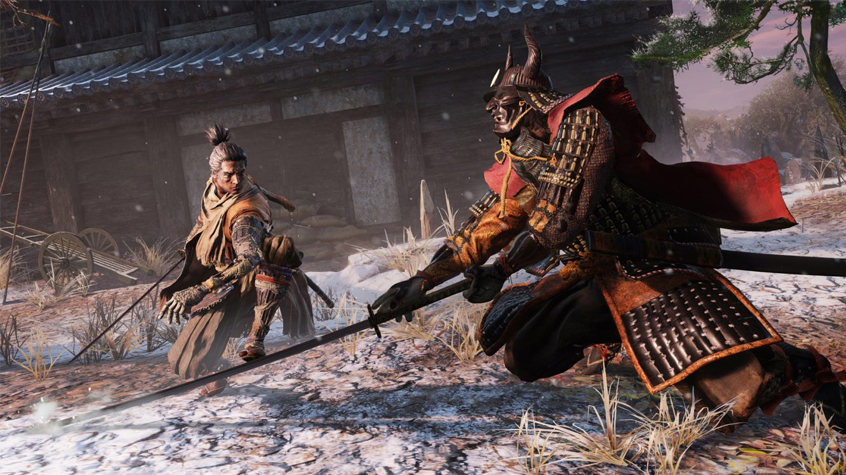
Tools are There to be Used
Your tools are also a key element of combat, opening up a whole breadth of new opportunities. Prosthetic attachments are much more useful than I initially thought they would be. In some cases, they function as almost direct counters to certain enemies and bosses. Again, no spoilers, but it makes a lot of sense once you learn that certain enemies are susceptible to certain prosthetic skills, so make sure to try everything out at least once.
Sneaking is Actually Good
Stealth, too, is incredibly useful. In most games, stealth functions as either a gimmick or a frustratingly core component, but in Sekiro it’s simply another string to your bow. Dropping on a specific target to take them out of the fight, or sneaking through bushes in order to backstab opponents can make a huge difference.
A lot of fights can be avoided altogether, but it’s usually worth fighting everything at least once and often more times for various drops, experience and gold. Nonetheless, using stealth tactically can mean that you avoid a specific enemy in a pack, or just take out that idiot with a cannon before he drops a nuke on your head.
Overall, combat feels completely different from previous games, and I actually surprised myself by really enjoying it. It feels like a really new experience, with a whole new difficulty set for all kinds of players. I found the new flow of combat both incredibly fitting and incredibly fun. There’s something really rewarding about facing off against a boss, gradually learning their move-set until you can properly step into the fight and go blow-for-blow. Suddenly each enemy attack becomes an opportunity, and the flow of combat starts to really make sense.
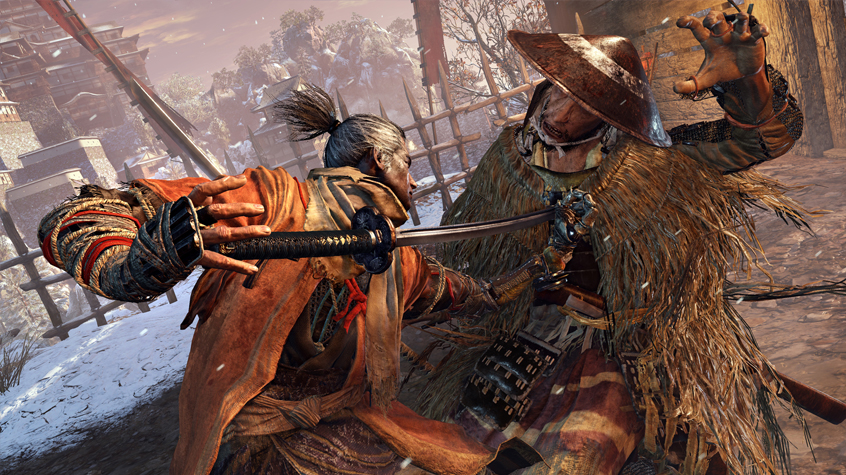
Enemies are a Melting Pot of New Mechanics
Enemies, themselves, are each a new tester for a variety of skills. Enemy design seems very samey at first, but gradually opens up as the later game introduces increasingly mythological and supernatural elements. In classic FromSoft style, the deeper you go into the game, the weirder and weirder things start to get. While at first you’re fighting regular warriors and the occasional over-achieving rooster, new enemy types soon begin to appear and with them, new attacks, hazards and… learning experiences.
Bosses are a similar story. The first few are more ‘traditional’, working on the Japanese themes. Soon, however, you’ll find yourself fighting increasingly weird enemies, and discovering that they have a lot of the same abilities that you do. You’ll need to use all the tricks and tools at your disposal to defeat them, too. Sekiro isn’t pulling any punches, and isn’t afraid to stop your progress until you’ve got what it takes to defeat the enemies in your path.
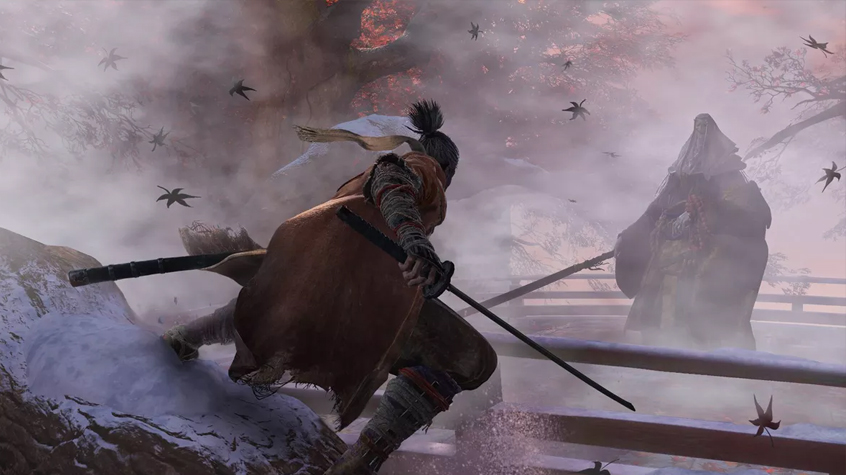
The Game is a Gorgeous Look Back in Time
Visually, this is a world worth taking the time to appreciate. That sense of narrative is equally as conveyed here as it is through the characters and voice-acting. Environments are incredibly detailed, with lovely touches that really emphasise the care and attention taken developing Sekiro. It feels almost like a love-letter to Japanese history and culture, with nods to real-world events. This is a game that recognises the beauty and brutality of Japanese history, and renders it in gorgeous detail.
Graphically, the game isn’t much to celebrate, with the ‘dated’ feel present in most FromSoftware titles. Its art-design is spectacular, however. Everything from enemies, to environments, to weather are perfectly designed and placed for maximum impact.
Animations are crisp, clean and easily readable, with the occasional ridiculous move. There’s a good amount of hitbox-porn here, and that works both to your benefit and detriment. Ultimately it’s very fair, though.
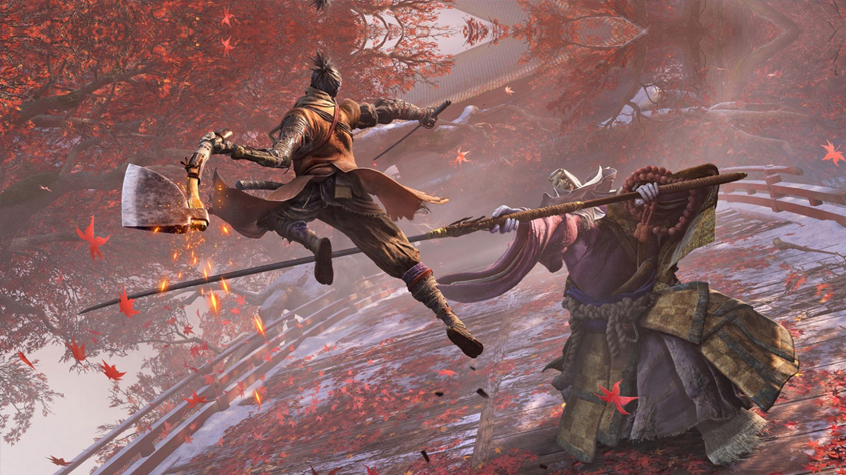
Sound is the Final Ingredient in this Perfect Recipe
The sounds are just as important, too. In and out of combat, sound is a critical component to Sekiro. Feedback is excellent, and often you’ll use sounds and triggers to read what exactly is going on, as much as visuals.
The music is another touch of genius. Embracing the Japanese influence while delivering on the spacious, engaging music that we have come to know and love from FromSoft. Boss battles are accompanied by incredible pieces of music, with some excellent nods to previous boss fights. My favourite example was the Lady Butterfly fight, with the arena and music bringing back memories of clashing with Lady Maria in Bloodborne – easily one of my favourite moments of the whole series.
Music in the general environments is great too, providing a fitting background for each scene before stepping up to increase the tension in fights. I don’t think I’ll be listening to the soundtrack outside of the game, but it’s definitely worthy of praise and adds a huge amount to the experience.
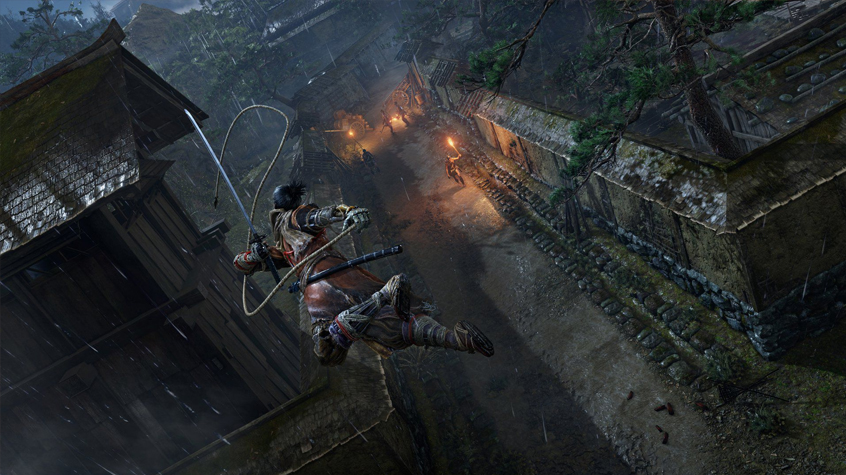
Sekiro’s Story Benefit’s Massively from the New Characterisation
With the promise of NG+, new end-game mechanics and multiple endings, this is truly a FromSoft experience at its best. It’s approach to storytelling is radically different from previous titles though, which serves as a fresh new approach to characterisation.
Sekiro, the Wolf – our Shinobi – is the only character you can play as. He has one weapon, and one outfit. There’s no visual customisation. Understandably, those changes upset a lot of Soulsborne fans. One thing is clear though; Sekiro takes a completely new approach to storytelling, and its newfound focus on one character is a big leap forward in that regard.
This new focus on a singular, main character means that Sekiro has a lot more direction and obvious connectivity than previous titles. Characters you interact with can more easily respond to you, and engage with you in ways that your nameless, voiceless husk from the previous Soulsborne games couldn’t connect to. Sekiro even speaks, with excellent voice acting across the board in both Japanese and English.
The story is effectively your archetypal ‘save-the-princess’ narrative, albeit with its healthy amount of twists and turns thrown into the mix (this is Miyazaki, after all). What I loved most is that I really felt part of the world this time. Previous games had you play the outsider, and they did that very well – weaving it into their narratives seamlessly. Meanwhile, in Sekiro you really feel like an established part of the world, with a genuine connection to each part of it.
In game narrative there is a constant battle between diagesis (the ‘access’ of the player to the in-game world) and the ludo-narrative dissonance (where gameplay separates the player from the narrative). Dark Souls, in particular, struggled with this. At times it felt like playing an arcade game while reading the backstory in completely separate segments. That story was still compelling, but there was an undeniable disconnect in the game.
In Sekiro, game and narrative are seamlessly merged. The writing is just as good as previous titles, if not better for its access to better characterisation, dialogue, voicing and delivery. Sekiro feels like a real narrative tapestry, and evolves the FromSoftware storytelling method into something uniquely successful, and undeniably brilliant.
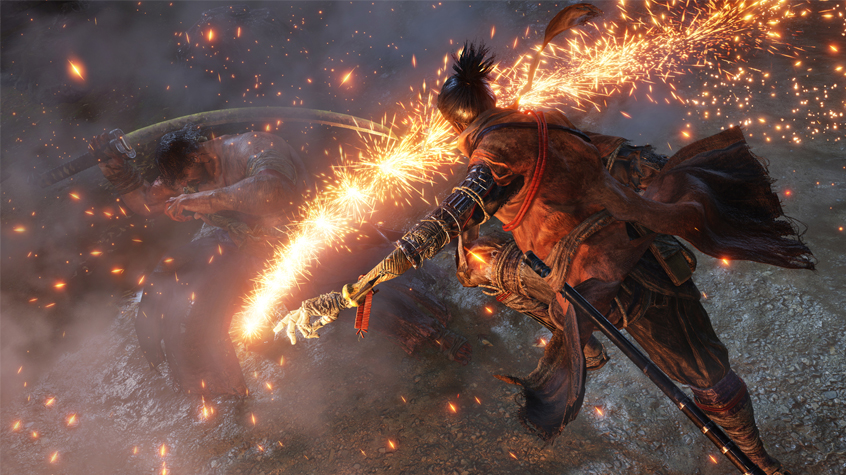
A Resounding, Awe-Inspiring Success
Sekiro, as an overall experience, really lived up to my expectations and even exceeded them in ways that I had not anticipated. I certainly haven’t seen everything that the game has to offer me yet, but I’m extremely excited to continue my journey. Bloodborne was undeniably my favourite FromSoft game until now, perhaps even my favourite game ever – and I still think it’s environment was my favourite. Nonetheless, Sekiro changes the gameplay format and characterisation in really intuitive, meaningful ways.
To old and new players, Sekiro is a new venture than explores a relatively under-represented area of history. It could be many players first contact with Japanese history and mythology. As an entry point to that and the FromSoftware catalogue, I’d argue Sekiro is the best yet – and has real potential to outstrip the previous titles for series veterans. I knew Sekiro was going to be good, but what I hadn’t anticipated was that this would be Miyazaki’s masterpiece. I’m giving Sekiro the ‘Beast’ rating it deserves, which is a 10/10.
Sekiro might just be Game of the Year already, and that’s amidst some extremely tough competition already released and coming its way later this year. It’s an absolute must play for Soulsborne veterans and a brilliant entry point for those new to the series. If you’re on the edge about Sekiro or any of the previous FromSoftware titles, I’d strongly recommend you give it the shot it deserves.
Alright, that’s it for my Sekiro review. I can’t really recommend it enough. It’s a gameplay experience not to be missed, and one that even as I write this review I cannot wait to get back to.
If you liked the review, drop us a like and Subscribe for more Sekiro content coming right your way. Let us know in the comments section if you’ve played Sekiro, particularly which enemies have been giving you trouble!
Thanks for stopping by, I’ve been FaultyOptics (you can follow me on twitter @Faulty_Optics), and I’ll see you all next time for more gaming guides and news.
Hungry for more Sekiro? Check out our other coverage:
HERE’S HOW SEKIRO: SHADOWS DIE TWICE’S NEW HUB AREA WORKS
WHY SEKIRO HAS NO MULTIPLAYER AND WHY IT’S GREAT NEWS FOR BOSS FIGHTS
No related posts.



